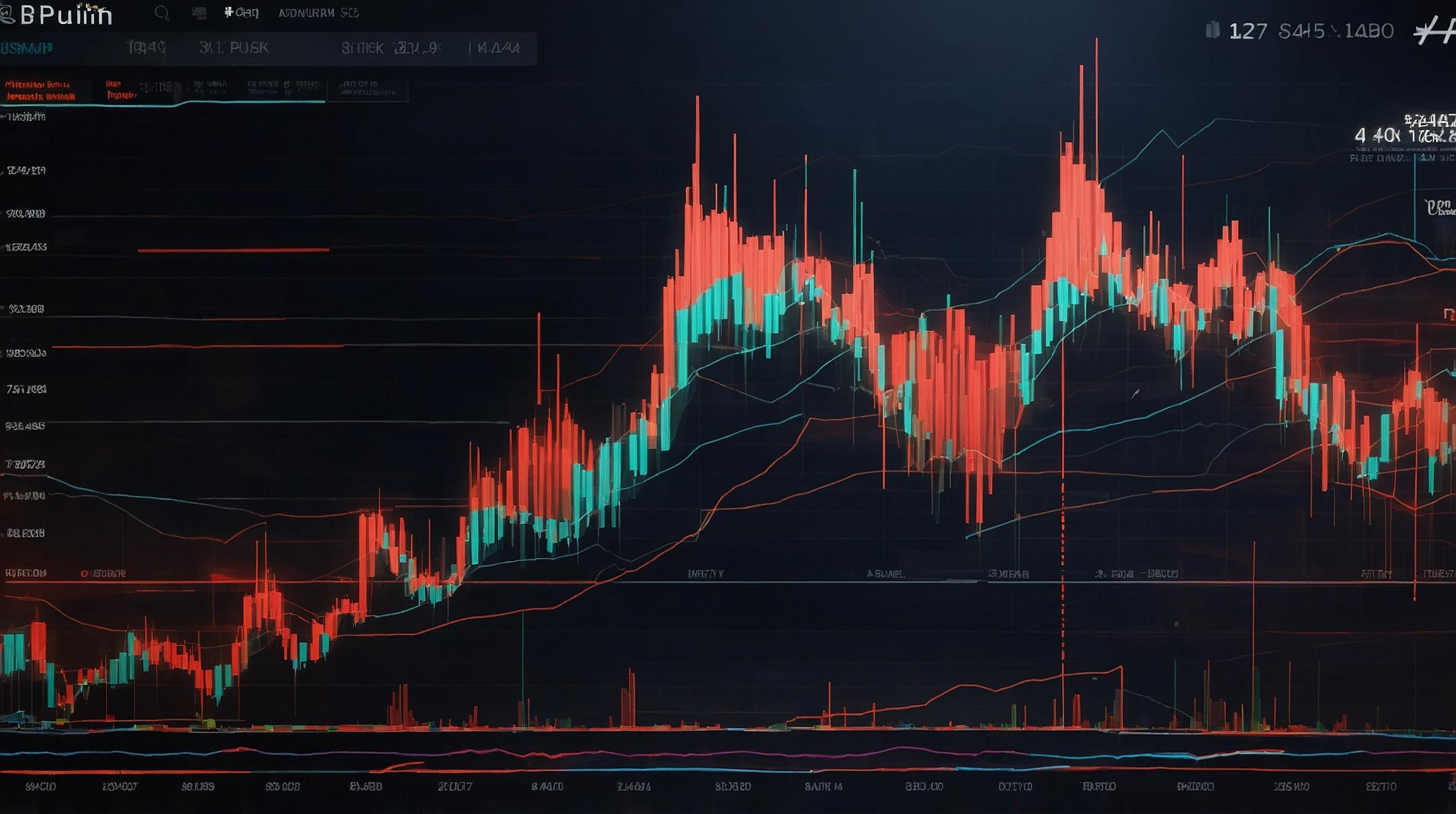Stacks Network Prepares for Transformative Nakamoto Upgrade
What is Stacks and Why is it Important?
Stacks is a layer-2 network built on Bitcoin, aiming to bring smart contract functionality to the world's foremost cryptocurrency. The network uses its own native token, STX, and has captured attention due to its capability to expand Bitcoin's utility. This week, Stacks is in the spotlight as it begins the rollout of the Nakamoto upgrade, a major upgrade aimed at revolutionizing the network's performance.
The Impact of the Nakamoto Upgrade
The Nakamoto upgrade is anticipated to significantly reduce transaction times from the current 10 minutes to just a few seconds. This speed enhancement is crucial for enabling new blockchain applications, particularly in the burgeoning field of Decentralized Finance (DeFi). It will allow users to mint liquid stacking tokens, deposit them into DeFi protocols, and even borrow against their liquidity almost instantaneously, marking a substantial upgrade in blockchain technology.
Implications for Bitcoin and DeFi
Beyond speed, the upgrade will introduce sBTC, a new asset pegged 1:1 to Bitcoin. Unlike wrapped Bitcoin (wBTC), which relies on a single custodian, sBTC will be decentralized, offering improved security and censorship resistance. This improvement is likely to boost the use of Bitcoin in DeFi platforms, NFTs, and gaming applications by providing a more secure and efficient alternative.
Current Market Performance of STX Token
The anticipation around the Nakamoto upgrade has already impacted the STX token's market performance. Trading at $1.80 on August 26, the token has risen by 68% from its lowest point in August. This surge is partly due to the token surpassing technical indicators like the 50-day moving average and establishing new support levels. Analysts suggest that if the momentum continues, STX may target a 20% increase, aiming for $2.11.
Future Prospects and Developer Interest
The planned enhancements from the Nakamoto upgrade are expected to attract more interest from developers globally, especially those focused on creating new DeFi strategies, gaming applications, and NFTs. The decentralized nature of sBTC, combined with the network's increased transaction speeds, will likely position Stacks as a leading platform for high-throughput use cases.
Conclusion
As layer-2 networks continue to grow, Stacks' strategic upgrades are paving the way for new blockchain frontiers. With over $100 million in assets already in its DeFi ecosystem, Stacks' continued evolution represents a significant step forward in the integration of blockchain technology into mainstream financial and digital applications.













